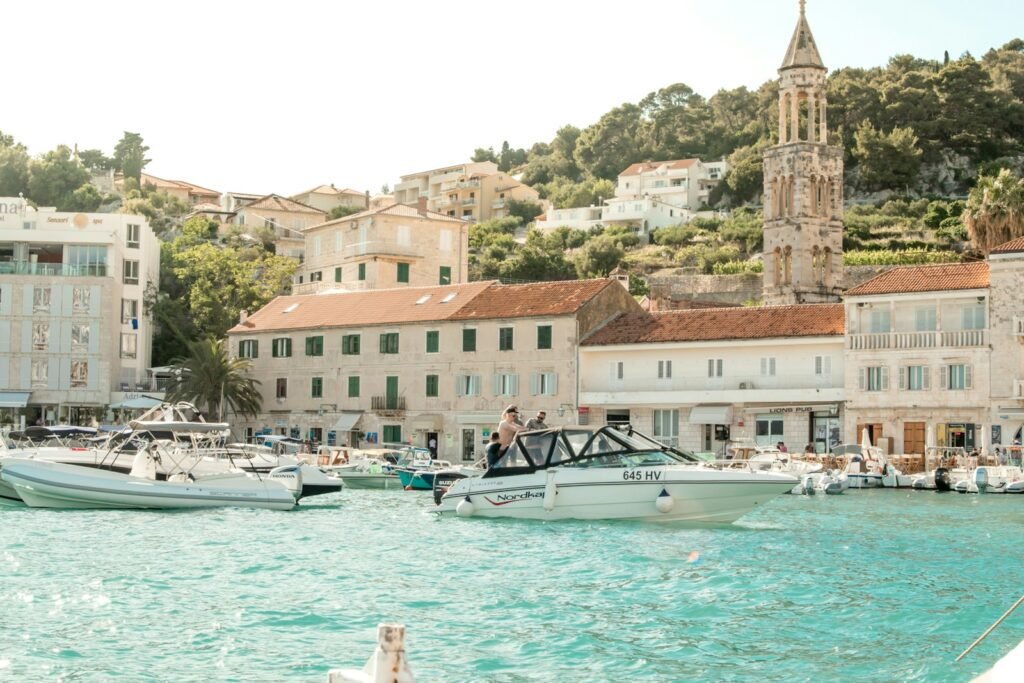Croatia is full of beautiful places with rich history, stunning landscapes, and a mix of cultures. Many of its best spots are UNESCO World Heritage Sites, meaning they’re recognized worldwide for their importance and beauty. From ancient cities to breathtaking natural parks, these sites tell the story of Croatia’s past. Let’s take a closer look at some of the most amazing UNESCO sites in Croatia.
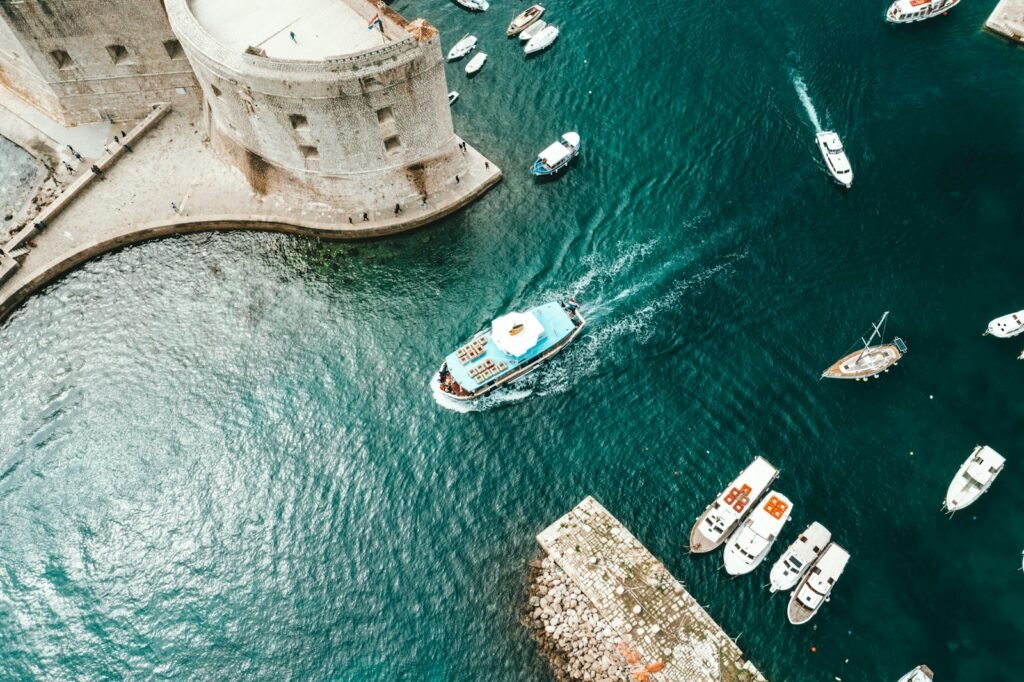
1. Dubrovnik – The Pearl of the Adriatic
Dubrovnik is more than just a pretty place, it’s a city with deep stories waiting to be discovered. Walking through its narrow streets feels like stepping back in time. Dubrovnik is famous for its well-preserved medieval walls, forts, and stunning views of the Adriatic Sea. It’s no surprise it was added to the UNESCO list in 1979. Don’t miss a walk along the city walls and a visit to the beautiful Stradun street.
Fun fact: The city walls of Dubrovnik are nearly 2 kilometers long and offer amazing views of both the sea and the city below!
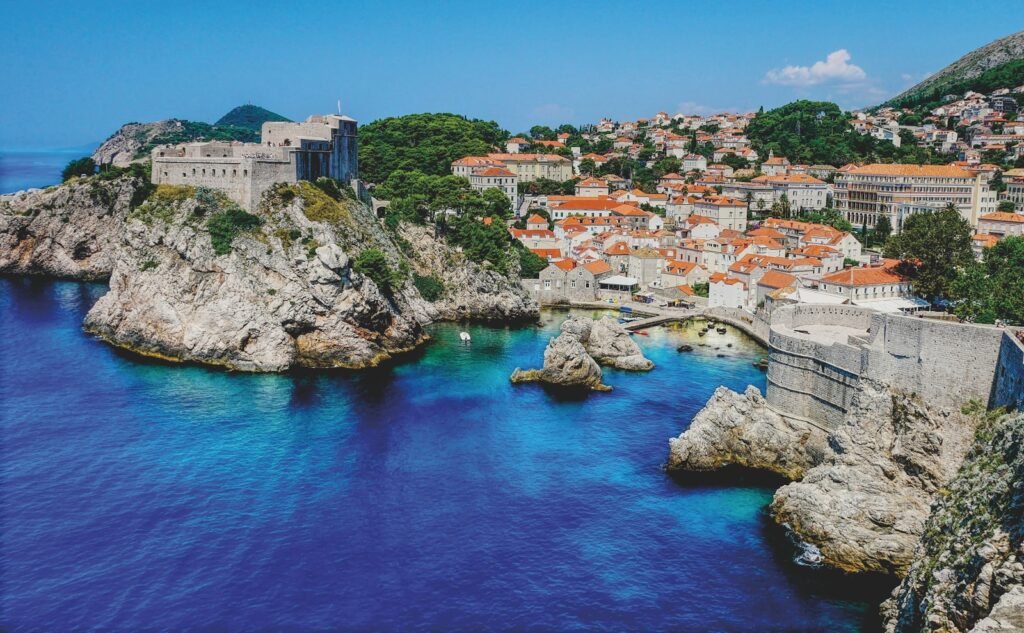


2. Plitvice Lakes National Park – A Natural Wonderland
Plitvice Lakes National Park is a true paradise for nature lovers. With its stunning lakes, waterfalls, and forests, it’s one of the most famous natural attractions in Croatia. The park has 16 lakes, all connected by beautiful waterfalls, and each lake has its own unique color. Depending on the season, the park looks different, but it’s always breathtaking. No wonder it was named a UNESCO World Heritage Site in 1979.
Cost: Entry fees change with the season, ranging from 10 to 40 euros. It’s worth spending a whole day here to enjoy the peaceful walking trails and the beauty of nature.
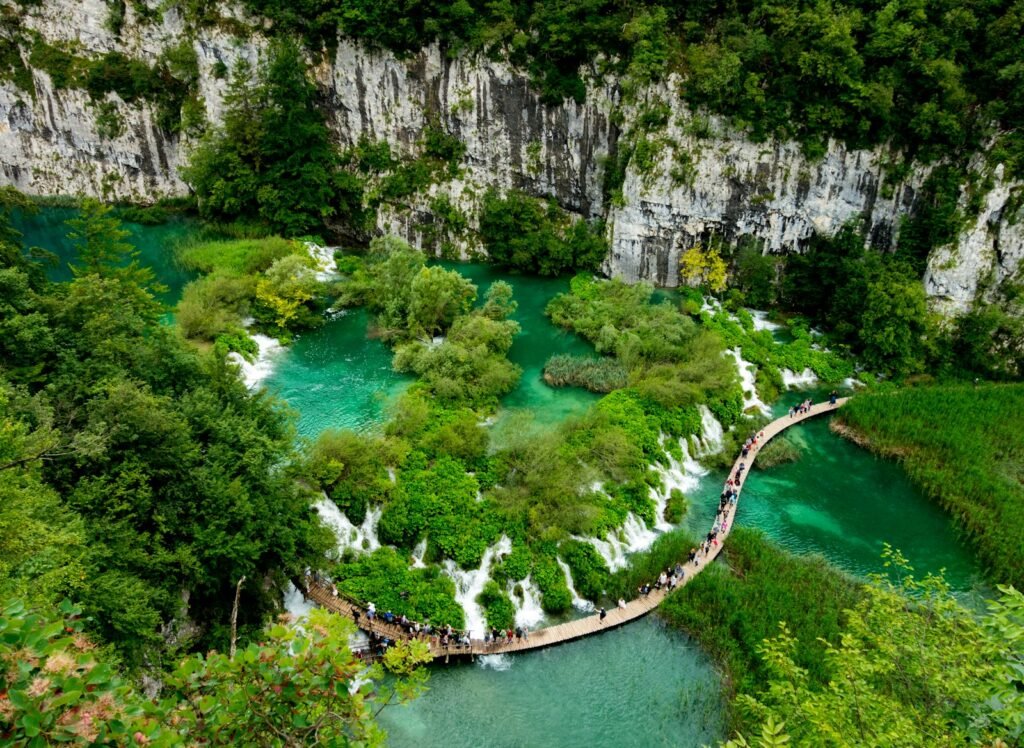
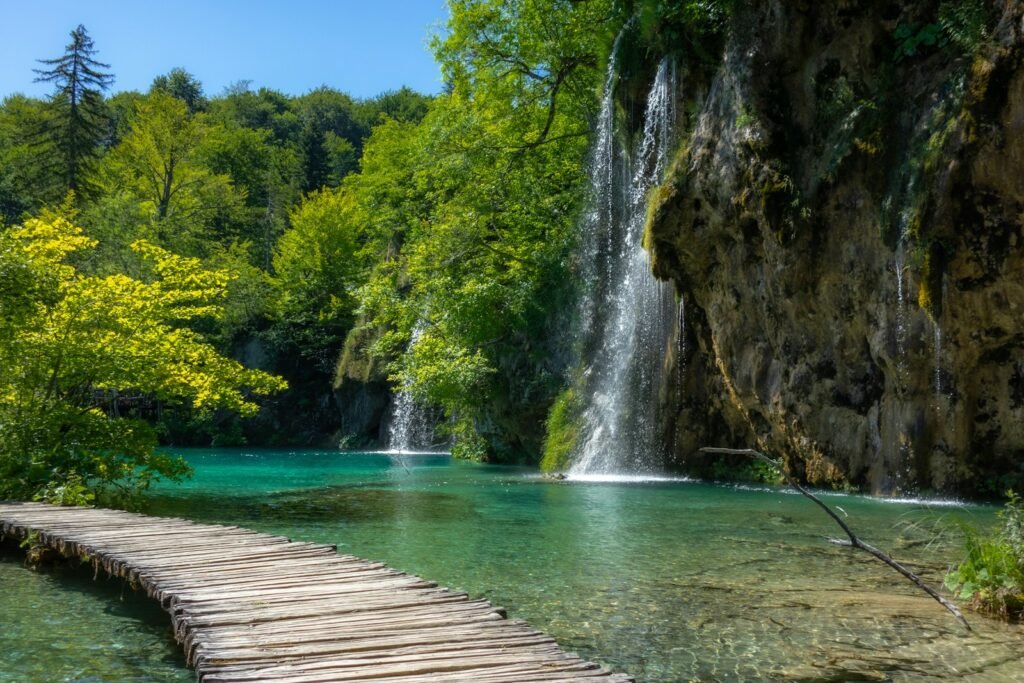

3. Split – Diocletian’s Palace
At the center of Split is Diocletian’s Palace, an ancient Roman palace built by Emperor Diocletian over 1,700 years ago. This impressive palace is now part of the everyday life of Split, with shops, cafes, and people living within its ancient walls. It’s a unique mix of history and modern life. Visitors can explore the palace cellars, visit temples, and enjoy the lively squares within this UNESCO site.
Fun fact: Over 3,000 people live within the palace walls today, making it one of the only ancient Roman buildings still in use as a living space!

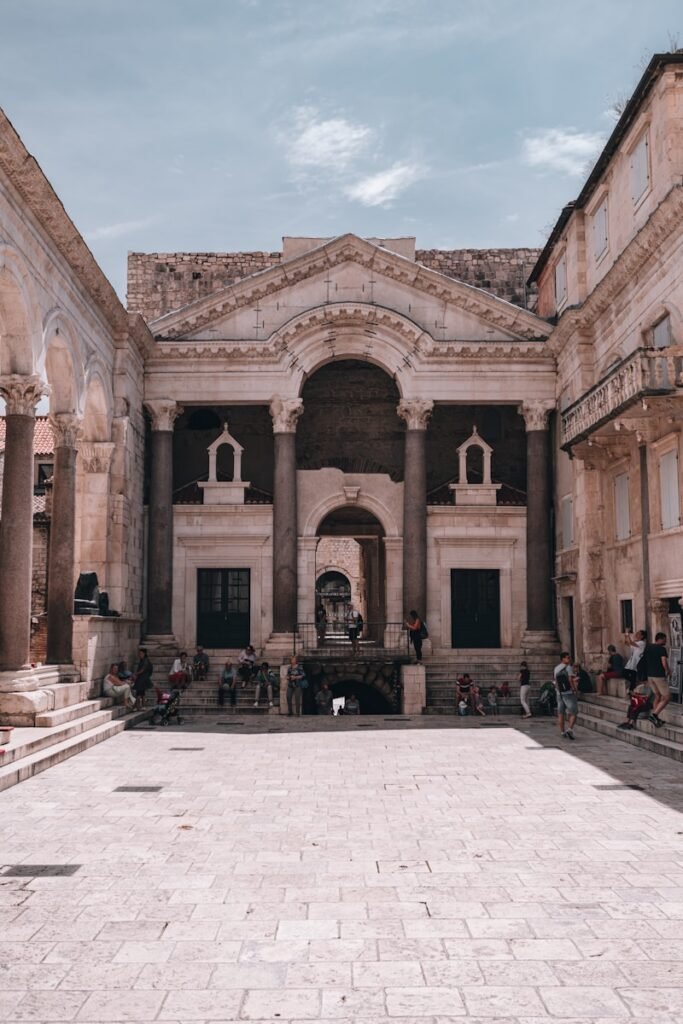
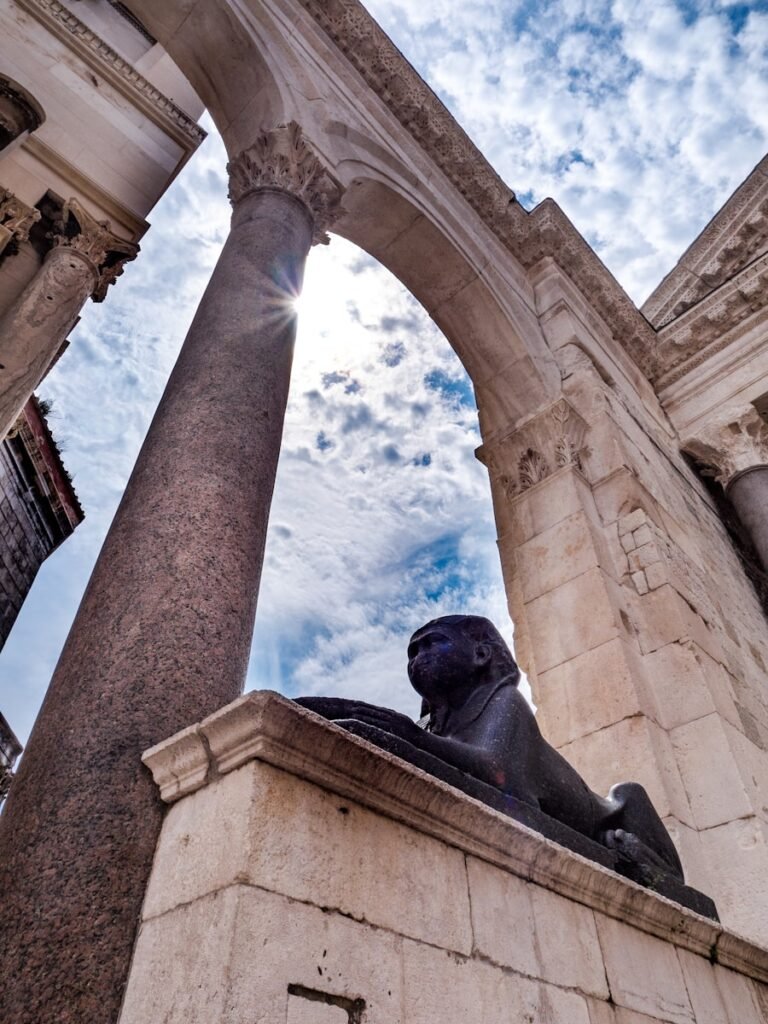
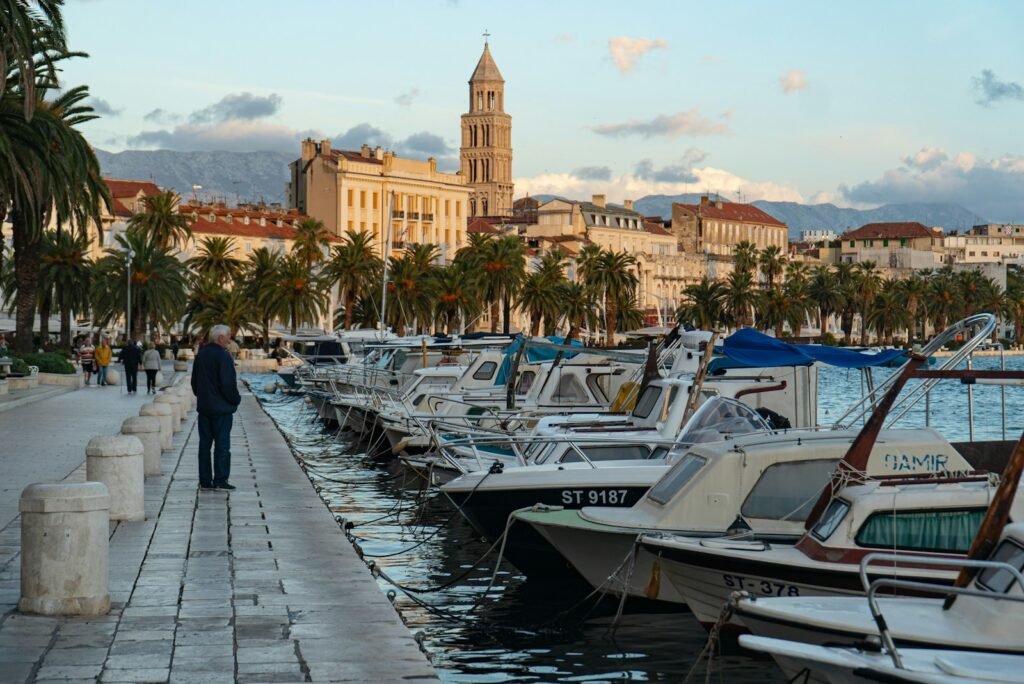
4. Trogir – A Living Museum
Trogir is a small town near Split, famous for its narrow streets and medieval buildings. This well-preserved town is like a walk back in time, with stunning architecture from the Gothic, Renaissance, and Baroque periods. The town’s cathedral, St. Lawrence, is a highlight, with its beautifully carved portal. Trogir is a UNESCO World Heritage Site and a perfect stop for those who love history.
Tip: Climb to the top of Kamerlengo Fortress for fantastic views of Trogir and the sea.
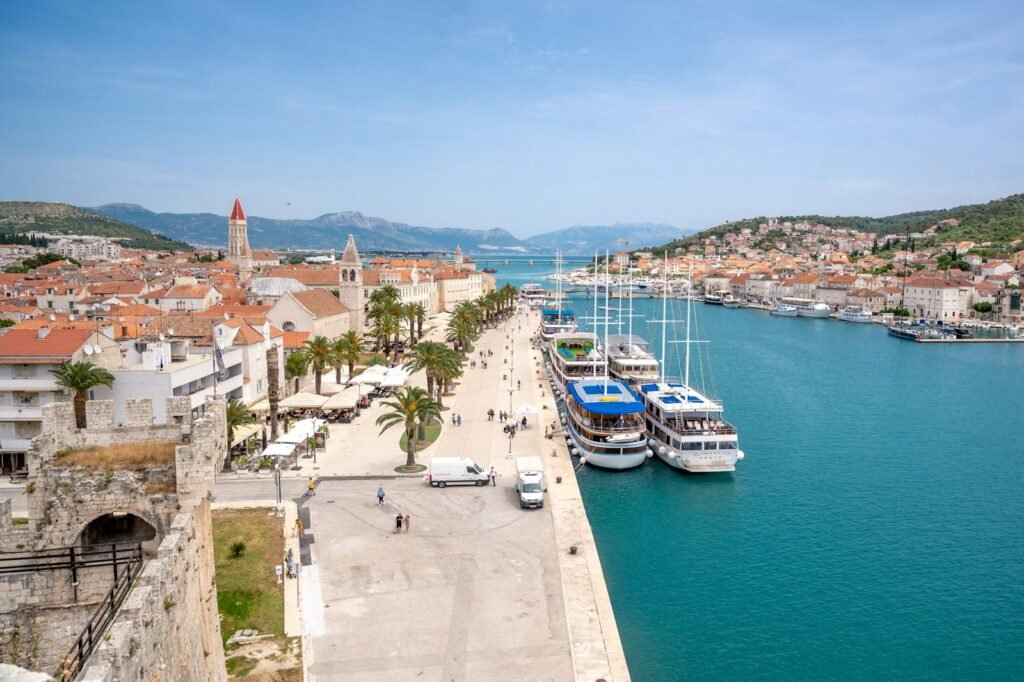
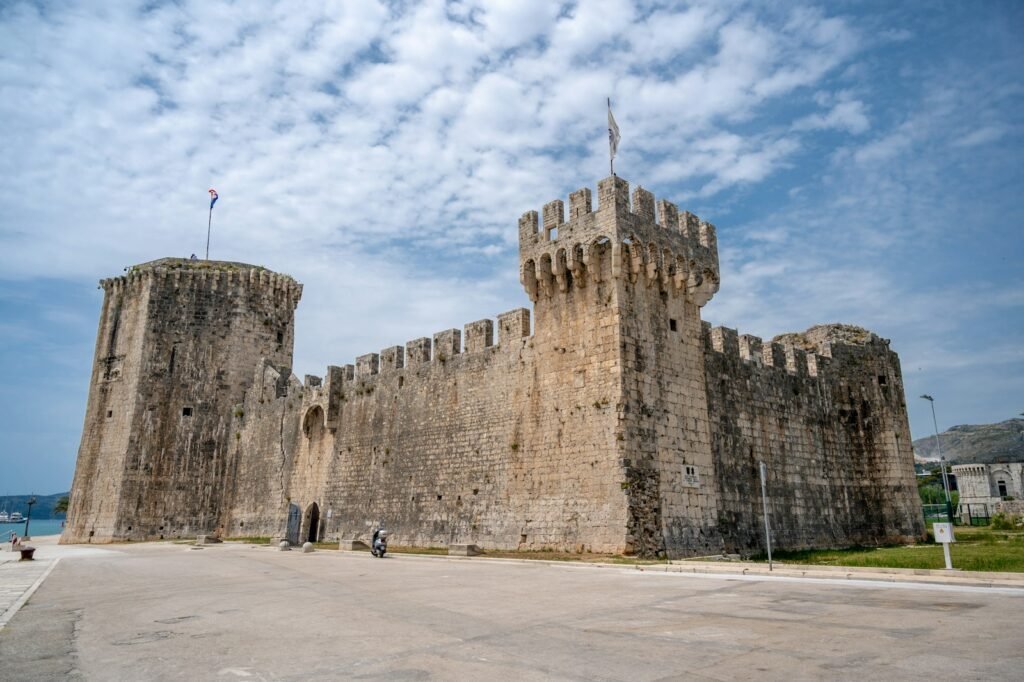
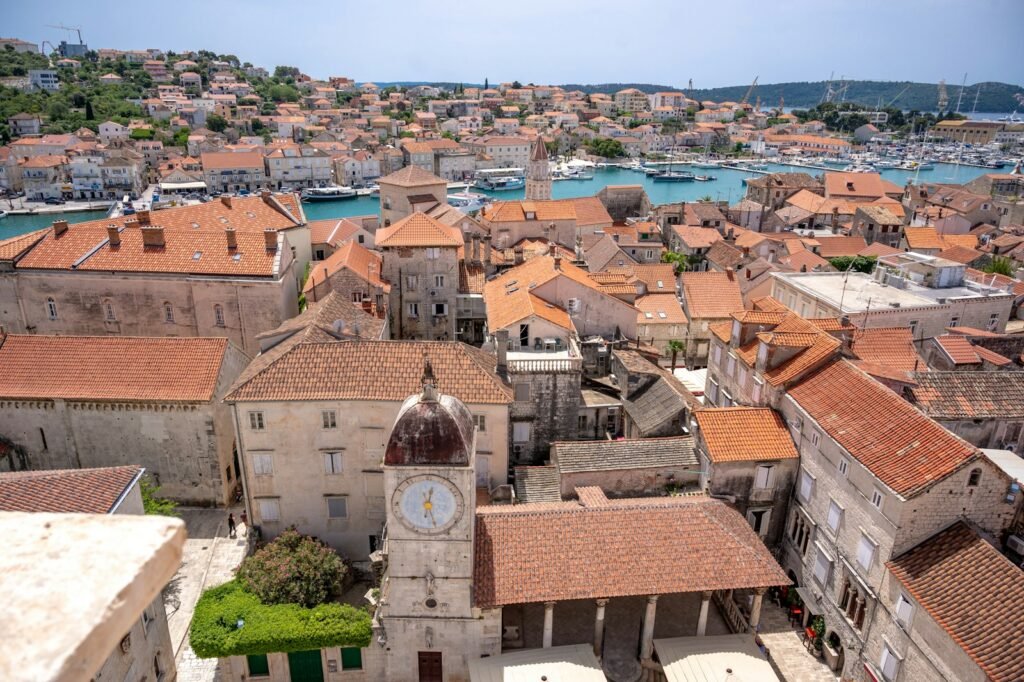
5. Šibenik – St. James Cathedral
Šibenik’s St. James Cathedral is one of Croatia’s most important architectural treasures. Built entirely from stone in the 15th century, the cathedral is known for its mix of Gothic and Renaissance styles. One of its unique features is the 71 sculpted heads on the exterior, each showing different expressions. This masterpiece earned its UNESCO World Heritage status for its beauty and craftsmanship.
Fun fact: The cathedral took over 100 years to complete, and it’s the only one in Europe made entirely from stone, without any wood!
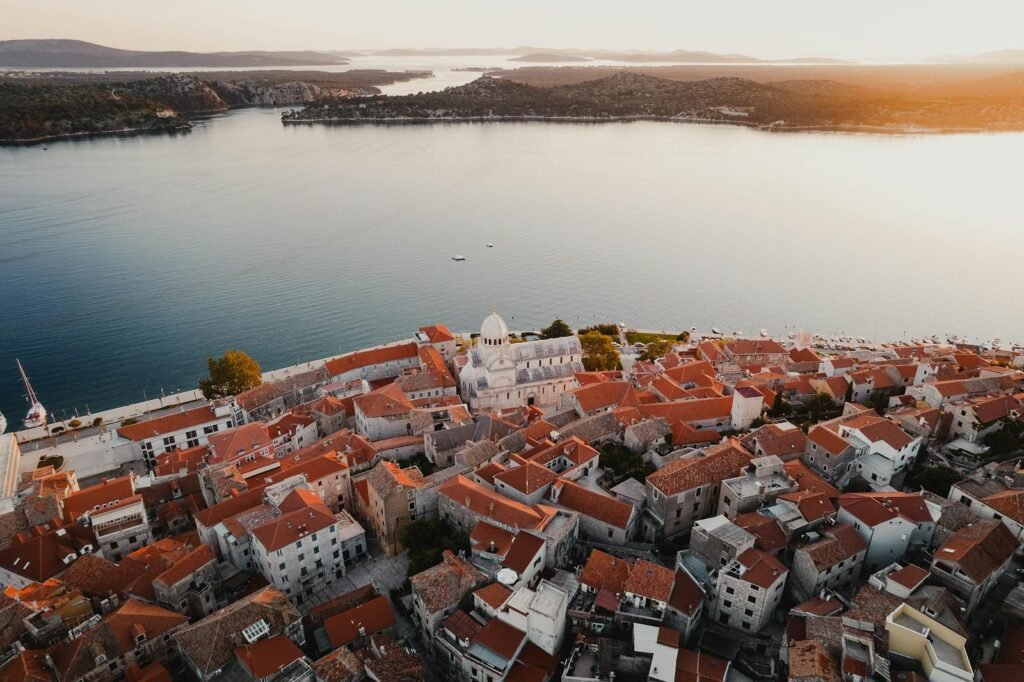
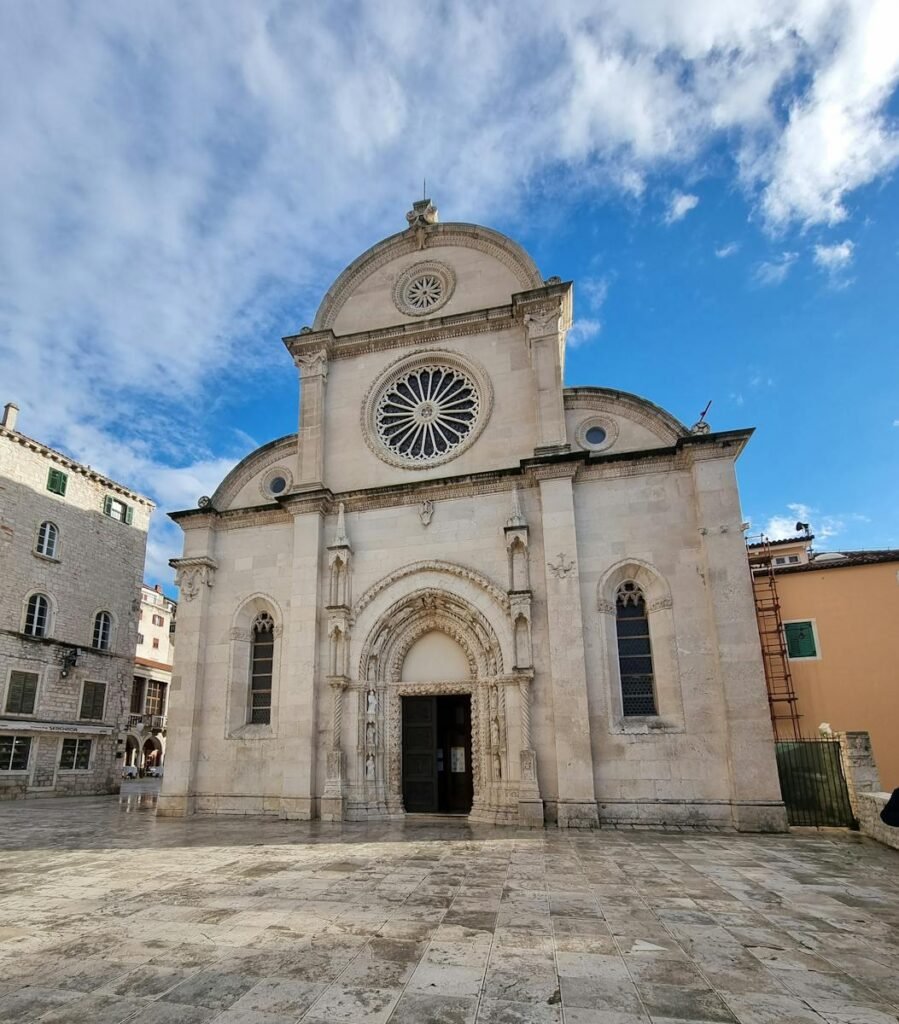
6. Hvar – The Stari Grad Plain
While Hvar is known for its lively nightlife and stunning beaches, its UNESCO site is actually an ancient agricultural plain called Stari Grad Plain. This land has been farmed for over 2,400 years, since the ancient Greeks arrived on the island. Amazingly, the same farming system is still used today, making this site a living example of ancient agricultural methods.
Fun fact: Stari Grad Plain is one of the oldest continuously farmed areas in the world!



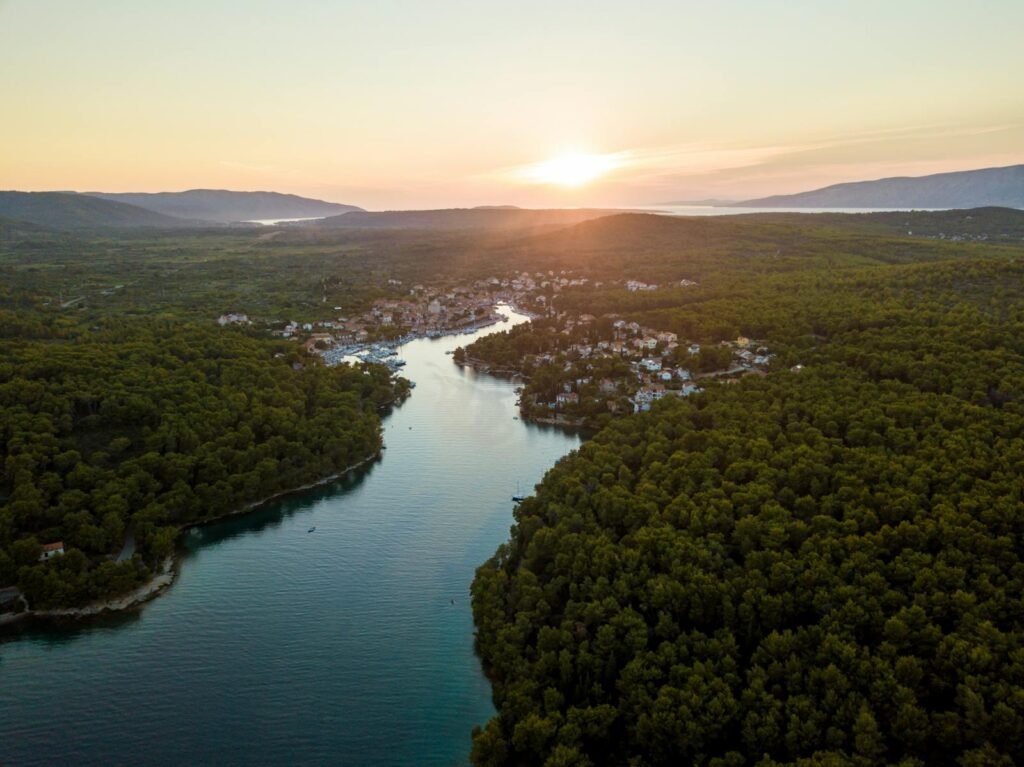
7. Poreč – Euphrasian Basilica
Located in the town of Poreč on Croatia’s Istrian coastal region, the Euphrasian Basilica is a beautiful example of early Byzantine art. Built in the 6th century, the basilica is known for its stunning mosaics, which are some of the finest in Europe. Visitors can also climb the bell tower for great views of Poreč and the surrounding sea.
Cost: Entry to the basilica costs around 7 euros, and it’s a must-see for anyone visiting Poreč.
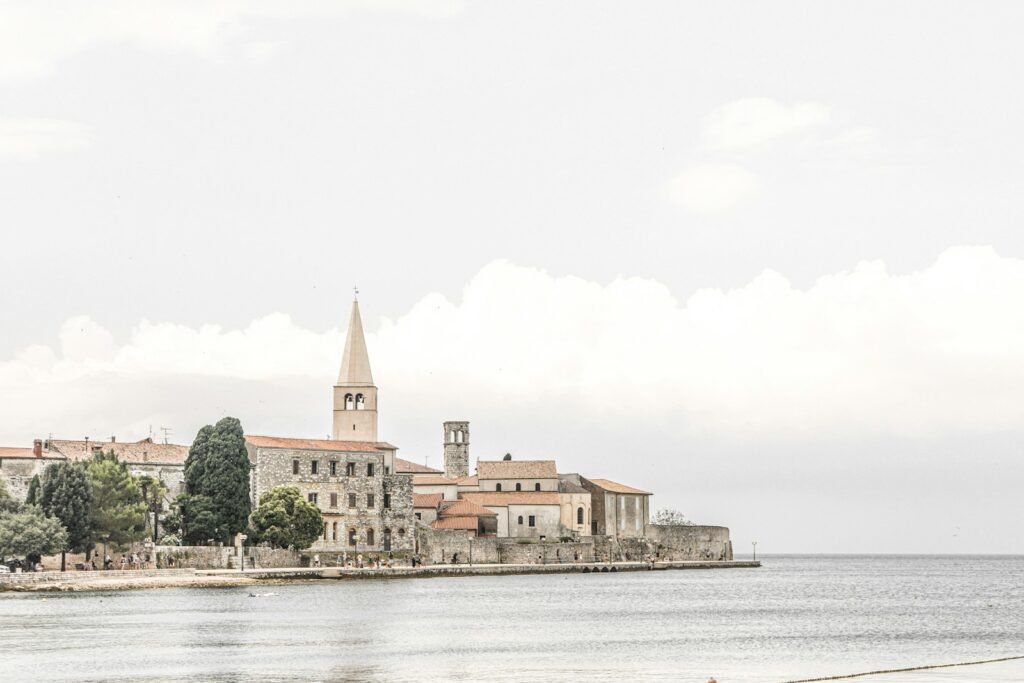
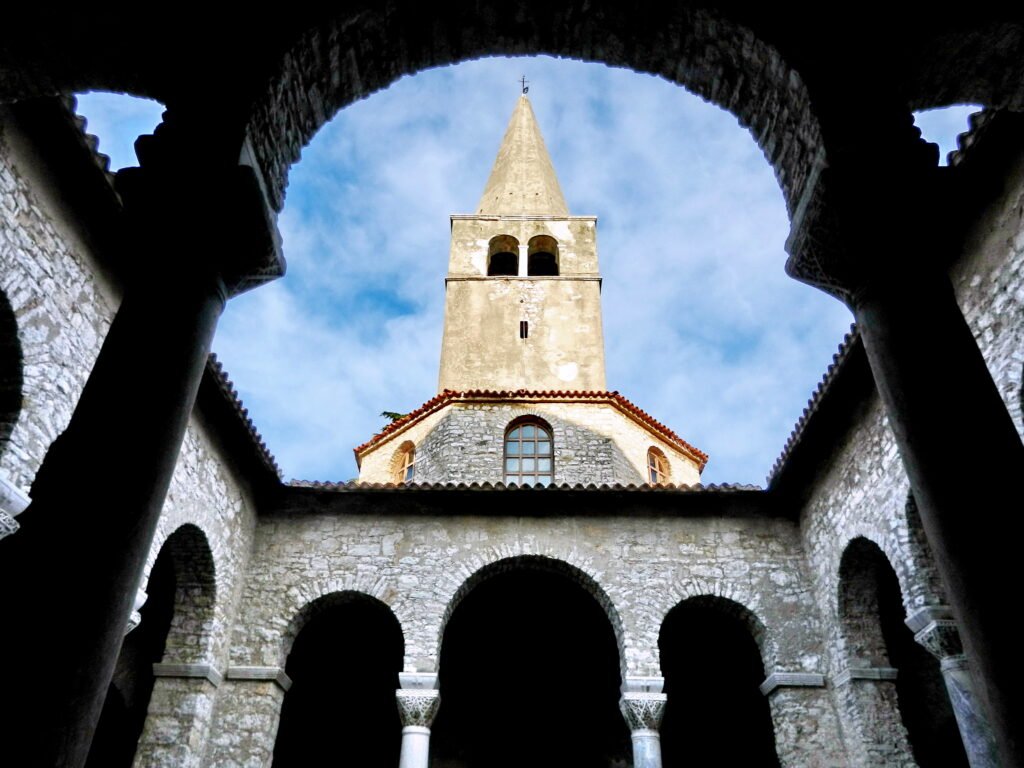
Croatia’s UNESCO World Heritage Sites offer a fascinating journey through the country’s history and natural beauty. From ancient cities like Dubrovnik and Split to the peaceful landscapes of Plitvice Lakes, these sites provide a glimpse into Croatia’s unique cultural and natural heritage. Whether you’re exploring ancient ruins or walking through beautiful parks, these sites offer something special for every traveler.
Ready to discover Croatia’s UNESCO treasures?

